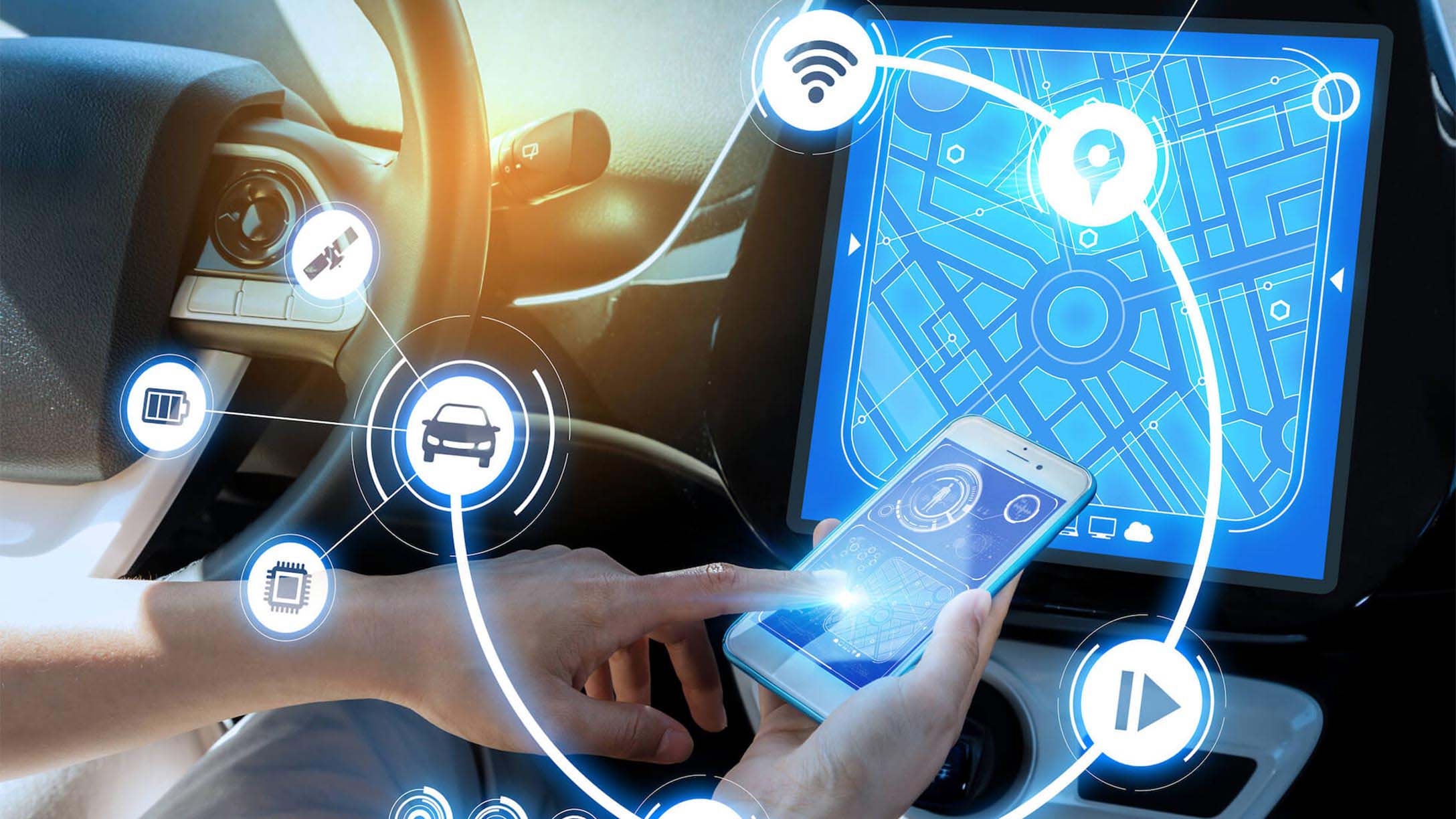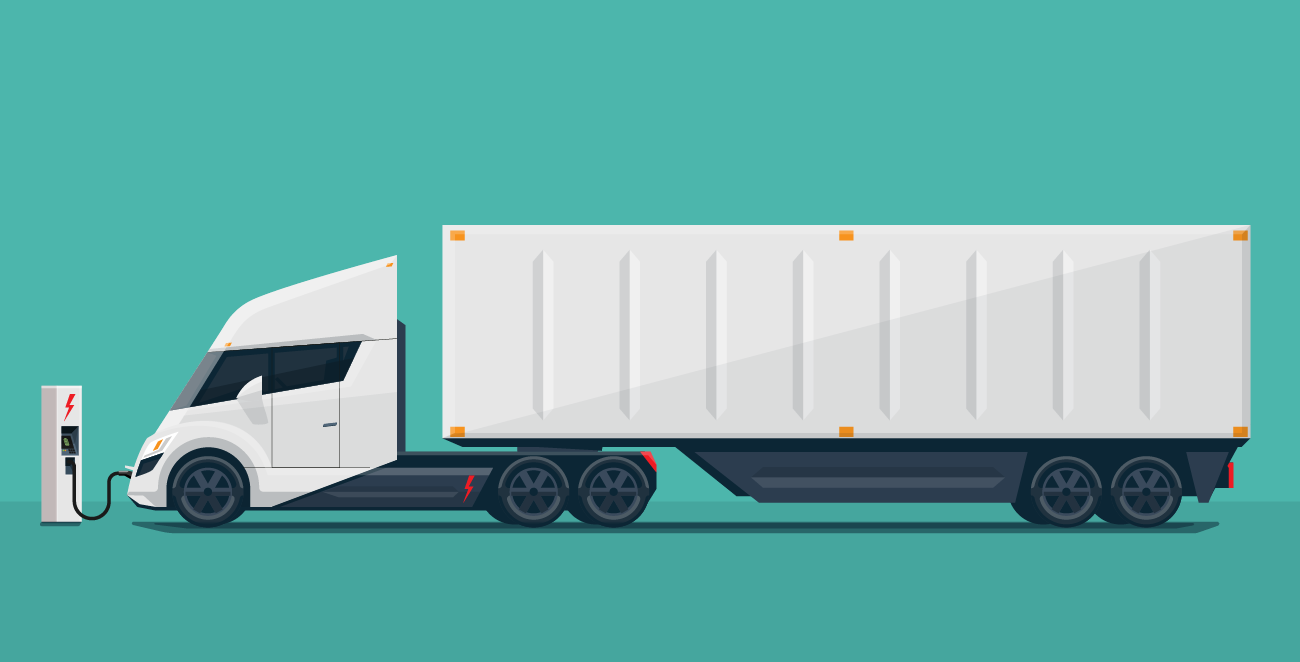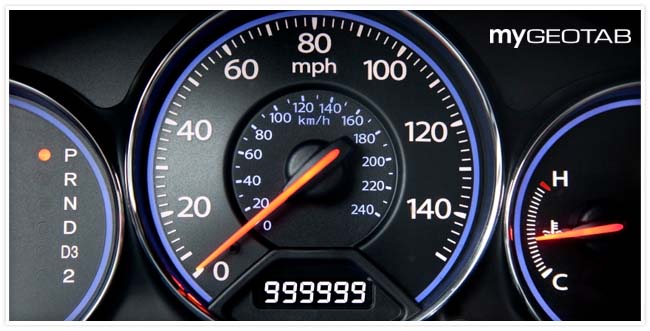Tech spotlight: Bluetooth Low Energy with telematics
Bluetooth Low Energy, different from Bluetooth classic, is used to track assets to help you manage and optimize your business.

By Stephen Fox
Aug 22, 2024

Bluetooth® is a wireless tool that allows for devices to communicate with each other without a central access point. Bluetooth low energy, also called Bluetooth LE, means it can be used without requiring power from the devices that are using it. Geotab’s IOX-BT solution incorporates Bluetooth LE beacons for tracking assets such as inventory, containers, tools, equipment and more.
Bluetooth vs. Bluetooth Low Energy (LE)
There are two major types of Bluetooth devices: classic and Low Energy.
Type: Bluetooth classic
Description: Protocols prior to version 4.0. Primarily used for transferring large amounts of data
Devices/applications: Headphones, printers and file exchanges
Type: Bluetooth Low Energy (LE)
Description: The specification for version 4.0 was released in 2010. It was originally used by battery powered devices requiring short transfers of data
Devices/applications: Heart-rate monitors, smart watches, temperature sensors and home automation.
Newer versions of the Bluetooth LE specification granted increased data transfer bandwidth, allowing it to replace the classic version for almost all applications. Bluetooth LE chipsets can be commonly found in laptops, tablets and phones
Technical overview
The low energy specifications make this version of Bluetooth especially suited to battery-powered applications. Depending on the capacity of the batteries used, it is possible for a device to last for years before requiring a replacement.
There are two types of devices used in a Bluetooth LE system: a client and a server. A server collects and hosts data from various sensors or sources.
- The server: Typically a beacon or another small Internet of Things (IoT) device. It hosts data from its various services in a Generic Attribute (GATT) profile. The profile may include one or more services which are divided into characteristics each supporting its own unique attributes.
- The client: A more powerful device such as a phone, tablet or computer. Geotab’s Bluetooth IOX functions as a client. It listens for advertisements from any servers within transmission range. The client can read and report on any data contained in the advertisement and pair with servers that contain additional data of interest. After pairing, the client requests the server to send it the contents of its GATT profile. The client can then read or write to individual characteristics as needed.
Pairing requires significantly more power consumption on the server side than just advertising. In order to preserve the battery longevity of the server, it’s best to keep pairing as infrequent as possible.
Track temperature and location with Bluetooth LE and telematics
Combining Geotab’s Bluetooth IOX solution with Bluetooth LE beacons can realize a number of different use cases. The Geotab marketplace has several bluetooth applications that enable uses such as:
- Temperature sensors to ensure cargo does not go over or below set limits.
- Light sensors to detect if an enclosed shipment is opened before arriving at its destination.
- Accelerometers to detect if a shipment was mishandled.
- Delivering real-time status updates, GPS locations and time stamps when an employee clicks their beacon.
- Tracking specific assets or tools to monitor use and/or location.
Additionally, any Bluetooth LE beacon that uses a public MAC address can be tracked and reported based on its proximity to the receiver. By attaching these beacons to your key assets, you can associate them with whichever warehouse, facility or vehicle they are currently in. This provides more information to help you manage and optimize your business.
For more fleet tips and insights, subscribe to the Geotab Blog to receive our monthly newsletter.
Related:
7 reasons to choose the Geotab ProPlus fleet software plan
Subscribe to get industry tips and insights

Stephen Fox is a Embedded Systems Engineer, Team Lead for Geotab.
Table of Contents
Subscribe to get industry tips and insights
Related posts

Autonomous trucking: The impact of self-driving trucks in the freight industry + guide
July 30, 2025
6 minute read
.jpg)
Field service foresight: How telematics boosts predictive power
July 25, 2025
2 minute read

Odometer reading: How to check + optimize for smarter fleet management
July 15, 2025
5 minute read

Field service is losing money to bad data: Go beyond GPS with smarter telematics
June 27, 2025
3 minute read

Unlock field service ROI: Your practical guide to connected operations playbook
June 9, 2025
3 minute read

Neil Cawse: Lack of appetite for risk is holding the Canadian economy back
May 12, 2025
2 minute read